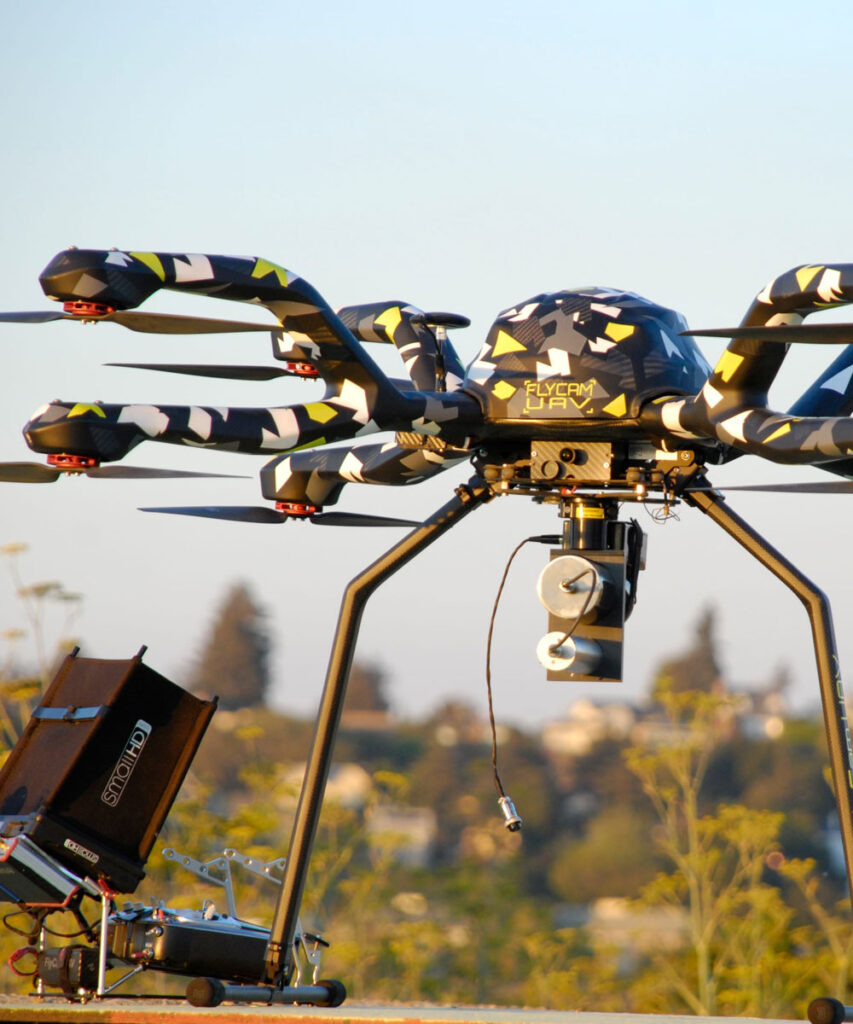Radiation Detection UAV
The drone (UAV) has become very popular nowadays — behind its popularity for its employment is its diversity in multiple works.
Typical thoughts behind using this are for surveillance in war and for delivery of warfare ordinance. This discussion is about some of the positive things about the use of UAV technology. UAVs can be used in nuclear industries, and as such are being used to determine radiation emissions of nuclear waste, maintenance at nuclear power plants, and enhance FEMA security. This method reduces cost and time while ensuring maximum safety of workers who work in the nuclear industry.
UAV Air Forensics detects radiation and is the safest way of measuring radioactive emissions. Other drone companies have manufactured such drone technology for radiation detection. However, US Nuclear Corp provides features not available in other radiation detection drones. In meeting the challenge of ensuring critical security and highly sensitive radiation detection systems it is producing an epoch change in this industry. By developing a robust system capable of flying multiple payloads, such as radiation, chemical, and biological detection at the same time, US Nuclear Corp’s UAV Air Forensics leads the industry.
COLLECTING RADIATION LEVELS WITH TRADITIONAL METHODS
Traditional methods for radiation detection have been used for years. Since the beginning of the atomic age, in 1945 radiation detection has been a critical element. US Nuclear Corp’s, division Technical Associates was a spin-off from the Manhattan Project in 1946 as a result of the founders recognizing this critical need in the fledgling nuclear industry.
Radiation detection methods vary for different parameters i.e. what level of sensitivity is required, for instance: the dose rate, the type of radiation emissions, the daily rate emitted, etc. Collecting the data conventionally, Geiger counter technology is the most simplified method. This technology is typically a handheld device and potentially puts the collector in harm’s way. There are a wide variety of detection methods at this time that are more advanced and safer to use but still to determine radiation emissions in the air or in events that result in accidental dispersal or terrorist activity traditional methods are employed and continue to put first responders in harm’s way.
US Nuclear Corp’s, UAV Air Forensics
Utilizing drone technology is the most advanced and critically important for radiation, chemical, and biological detection. FlyCam UAV’s all-weather copters are heavy lift, commercial-grade copters with high payload weight capability, up to 19.8 pounds. Flying US Nuclear Corp’s radiation, chemical, and biological detection system, either singly or a combination of these sensors provides real-time data with wireless radio link download.
Pinpointing the exact location of the radiation source and the high sensitivity of detection is state-of-the-art and far surpasses other radiation detection drone technology. Additional data can be derived such as isotope identification in addition to detailed sensitivity. Other systems only determine if there are radiation emissions occurring, not the type or amount. Currently, flight time is up to 40 minutes depending on payload weight. Flight time will improve as FlyCam UAV’s platforms continue to evolve.
High-resolution UAV mounted FPV camera with real-time video downlink and the option for additional cameras including thermal imaging make the UAV Air Forensics system robust and far superior to other drone systems on the market.
The ability to fly Gamma, Beta, Neutron detectors with minimal weight which include GM, Scintillation, and CZT detectors provide a wide range of detection abilities that can be tailored to the user’s requirements. The chemical detectors flown have a diverse chemical library from which to choose.
Benefits: US Nuclear Corp’s, UAV Air Forensics
- Fast and cost-effective coverage of large areas.
- High sensitivity and identification of the type of radiation.
- Worker protection.
- Programmable parameters provide data of the same location and can provide you comparable reports.
- Fast deployment prior to First Responder’s entering hazardous areas.
- Ability to quickly and safely search out and detect a radioactive source in a vehicle or building.
- Enhanced and cost-effective maintenance surveys for Nuclear Power Plants, Radiation Waste Repositories, Uranium Mines and Waste Disposal areas, etc.
- Wireless data download to ground station or First Responders cell phones.
- Data archive and retrieval for historical documentation.
For more information visit Technical Associates, a division of US Nuclear Corp.

